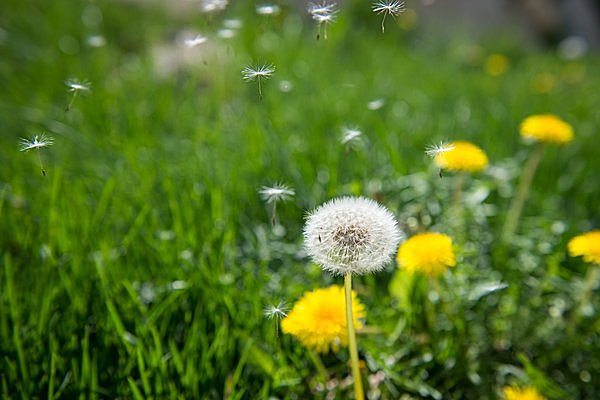Toddlers are a whirlwind of emotions—joyful giggles one moment, tearful tantrums the next. At this developmental stage, children are beginning to experience a wide range of feelings but often lack the language and self-regulation skills to express them appropriately. Understanding and supporting toddlers in expressing their emotions is crucial for their social and emotional development.
Understanding Toddler Emotions
Between ages 1 and 3, toddlers start to recognize and respond to their own emotions and those of others. However, their vocabulary is still limited, making it challenging for them to articulate feelings like frustration, excitement, or disappointment. This often leads to expressive behaviors such as crying, screaming, or physical outbursts.
Research indicates that as children grow, their use of emotion words increases, and their understanding of emotions becomes more nuanced. A study examining children's emotion vocabulary found that older children produced more emotion words and their usage patterns converged with adult usage over time. (Source)
Strategies to Support Emotional Expression
1. Expand Emotion Vocabulary
Introducing toddlers to a variety of emotion words helps them label and understand their feelings. Using picture books, storytelling, and daily conversations to discuss emotions can enrich their emotional vocabulary. For example, saying, "I see you're feeling frustrated because the block tower fell," validates their experience and provides language to express it.
2. Model Emotional Expression
Children learn by observing adults. Demonstrating healthy ways to express emotions—such as saying, "I'm feeling a bit overwhelmed, so I need a short break"—teaches toddlers that it's okay to have feelings and shows them constructive ways to deal with them.
3. Use Visual Aids
Emotion charts with faces depicting different feelings can help toddlers identify and communicate their emotions. Encouraging them to point to the face that matches their current feeling can be an effective non-verbal communication tool.
4. Encourage Creative Expression
Art, music, and pretend play offer toddlers alternative avenues to express their emotions. Drawing a picture of a happy or sad face, singing a song, or role-playing scenarios can help them process and articulate their feelings in a safe and engaging way.
5. Practice Co-Regulation
Co-regulation involves caregivers helping children manage their emotions through supportive interactions. This includes comforting touch, soothing words, and guiding them through calming techniques. Over time, these practices help toddlers develop self-regulation skills.
Navigating Challenging Emotions
Tantrums and emotional outbursts are common in toddlerhood. Approaching these moments with empathy and patience is key.
-
Stay Calm: Maintaining a composed demeanor helps de-escalate the situation and provides a model for self-control.
-
Acknowledge Feelings: Validating the child's emotions by saying, "I see you're upset because you can't have the toy," shows understanding and helps them feel heard.
-
Set Clear Boundaries: While acknowledging feelings, it's important to set limits on unacceptable behaviors, such as hitting or throwing objects.
-
Offer Alternatives: Providing acceptable ways to express anger or frustration, like squeezing a stress ball or using words to describe feelings, teaches constructive coping mechanisms.
Building Emotional Intelligence
Fostering emotional intelligence in toddlers lays the foundation for healthy relationships and coping skills later in life. By consistently supporting their emotional development through language, modeling, and empathetic interactions, caregivers can help toddlers navigate their feelings effectively.
Remember, every child is unique, and developing emotional expression skills is a gradual process. With patience, understanding, and consistent support, toddlers can learn to express their emotions in healthy and constructive ways.











